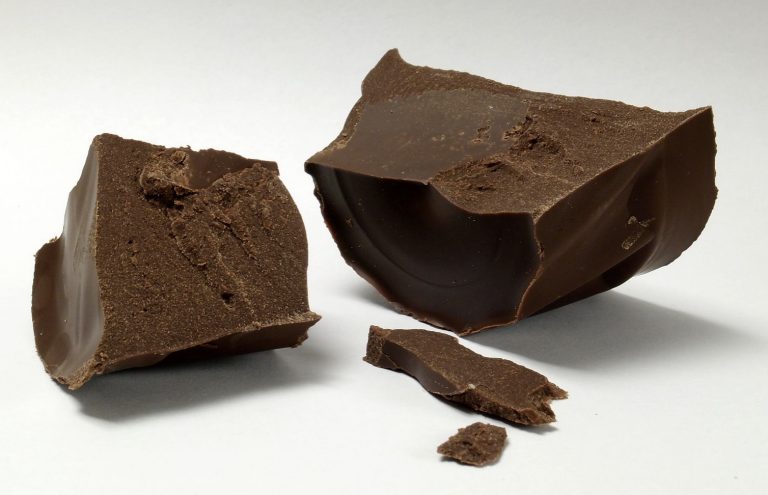Anyone who likes chocolates invariably likes all yummy offerings that are coated in chocolate or a liberal chocolate compound coating. I mean, what’s not to like about your favourite eats that come with a bonus of being dipped into delicious chocolate. This coating is not real chocolate, it is a product called compound chocolate that varies in formulation from the former.
CHOCOLATE AND CHOCOLATE COMPOUND
Chocolates contain cocoa butter as their main ingredient. This is true no matter what the type of chocolate is – dark, milk, or white. Of these, dark and milk chocolates also contain chocolate liquor. The cocoa butter is the only fat that goes into the making of chocolate.
Chocolate compound, on the other hand, contains an additional ingredient not present in chocolate – vegetable fats. The fats may vary from palm, palm kernel, soy, coconut and shea and have different melting points, melting curves, and compositions. They may also use brown food colour or chocolate colour for a deeper, richer look to the resultant product. Thus, food colour manufacturers play a vital role in chocolate industry.
WHERE IS CHOCOLATE COMPOUND USED?
Chocolate coatings are made with compound chocolate because it is less expensive and easier to work with. It encases completely or is used as chunks, chips, or drizzled on a variety of bakery products and snacks like energy snack bars, cereals, trail mixes, confectionery, sweet biscuits or cookies and ice cream.
FORMULATION OF CHOCOLATE COMPOUND
In order to create chocolate compound, there are primarily four ingredients that are used:
- Cocoa Powder – After cocoa butter is extracted from cocoa liquor by pressing in a hydraulic press, the resultant slabs of roasted cocoa bean particles that are left behind is used to produce cocoa powder. By itself, cocoa powder tastes bitter.
- Sweetener – The most commonly used sweetener in compound chocolate is refined sugar. However, it is sometimes substituted with raw sugar or artificial sweeteners as well.
- Vegetable / Confectionery Fat – palm oil, palm kernel, soy oil, coconut oil, and shea butter are some of the common vegetable fats used in compound chocolate instead of cocoa butter.
- Emulsifiers – With properties similar to both water and fats, emulsifiers help stabilize mixtures of oil and water and allow the chocolate to flow more easily giving it a better texture and feel.
TYPES OF EMULSIFIERS
Various types of emulsifiers are available in the market today. It is an important part of chocolate because in the absence of emulsifiers, the oil and liquid content in the chocolate compound will separate and be useless to work with. Some common emulsifiers are:
- Soy and Sunflower lecithin – This emulsifier helps to control the flow of chocolate and reduces interfacial surface tensions.
- Sorbitantristearate (STS) – STS helps to prolong the shelf life of the compound chocolate and improves sensitivity against the warmth of human fingers.
- Distilled Monoglycerides (DGMS) – DGMS is an emulsifier that helps control viscosity which is helpful during the production process. It also helps to improve stability of the final product.
- Polyglycerol Polyricinoleate (PGPR) – PGPR enables manufacturers to use a lesser percentage of vegetable fats in their product due to improved flow control.

0 Comments